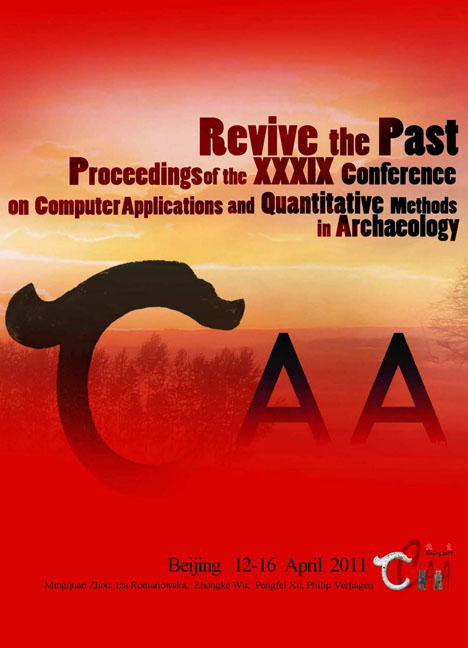 Revive the Past
Revive the Past Archaeological Predictive Modelling Used For Cultural Heritage Management
Published online by Cambridge University Press: 23 June 2021
Summary
Abstract:
This paper considers the possible use of archaeological predictive modelling for cultural heritage management in the UK by comparing the technique with the current system of cultural heritage management. The paper examines aspects such as data interrogation, limitations of the technique, the testing of models, criticisms against the use of the technique and costs. It is concluded that the technique would be viable in the UK in certain circumstances, such as for large projects and if paid for by developer. It would not be viable for the majority of cases of cultural heritage management within urban areas, as defined by local development plans. The success of the technique appears to be dependent upon the terrain being modelled and the archaeological data available.
Key Words: Archaeological Predictive Modelling, Cultural Heritage Management
Introduction
Part of cultural heritage management is the official governing and protection of archaeological remains (buildings, features and artefacts) in a region, which includes any undiscovered archaeological remains that are likely to be destroyed by development. Currently, the decision of when and where to demand an archaeological investigation, paid for by the developer, is carried out on an individual basis by the county archaeological department. However, in some cases there is little archaeological data with which to base such decisions on. As archaeological predictive modelling determines the probability of discovering archaeological remains within unexplored areas, it could be used to assist with these decisions and it has the potential to save the developer paying for unnecessary archaeological excavation.
Archaeological predictive modelling is normally carried out by assigning numeric values to various categories within digital environmental layers (such as soil type, ground slope, etc.) and then adding the layers together to produce a layer of prediction. The process is normally carried out in a GIS using raster squares. Assessing what numeric values to assign to environmental categories is complex. One method, termed deductive modelling, is to use expert opinion. One or more experts estimate initial values and a predictive model is produced, which is then tested by evaluating how well it predicts new archaeological data and the expert's initial values are adjusted to increase the prediction of the model. However, normally no two experts agree and without this feedback correction system, the predictive model becomes just one expert's opinion which could be biased.
- Type
- Chapter
- Information
- Revive the PastProceedings of the 39th Conference of Computer Applications and Quantitative Methods in Archaeology, pp. 353 - 358Publisher: Amsterdam University PressPrint publication year: 2012


